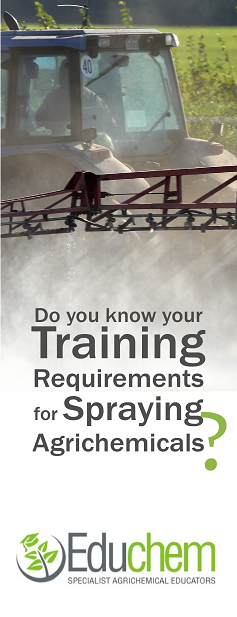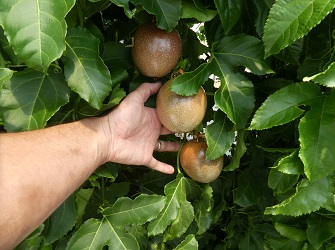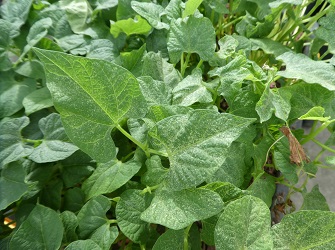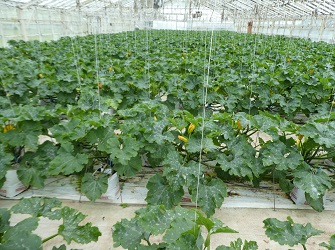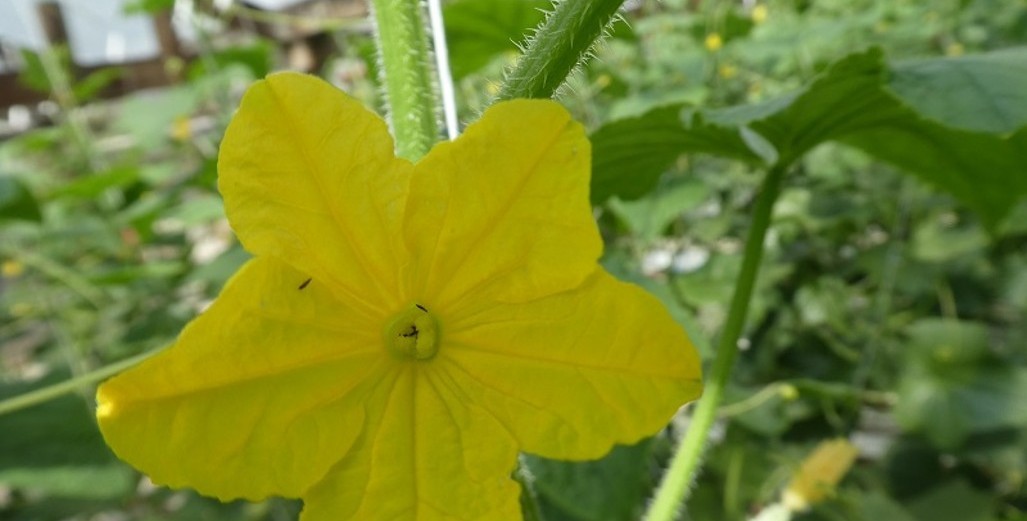Sign up here to subscribe to the Grower2grower Ezine. Every two weeks you will receive new articles, specific to the protected cropping industry, informing you of industry news and events straight to your inbox.
Sep 2022
Experience of Thrip control with Predators

Thripex has been the standard in thrips control in capsicums for many years but also in cucumber, strawberries, and raspberries:
Thrips are present in numerous crops and can quickly increase in numbers, the main species of thrips in NZ are Western Flower Thrips and Onion Thrips. This insect develops very quickly, and under warm conditions it can go from an egg to adult in 9 days where under normal conditions it takes 10 to 14 days.
Western Flower Thrips are mainly found in the top of a plant and often feed in the flowers. Onion Thrips stays lower in the crop and does not feed in flowers.
Over the years there has been a lot of positive experience with Neoseiulus cucumeris (Thripex) which is widely regarded as a solid base in thrip control for Western Flower Thrips and Onion Thrips.
Thripex prefers high humidity’s and lives below the top of a plant, when the humidity is too low, they will hide under veins on a leave and will come out when conditions are right again like evening, night-time, and early morning.
Thripex is used in many crops indoor and outdoor. It has been the standard in thrips control in capsicums for many years but also in cucumber, strawberries, and raspberries.
Thripex does not work as a chemical you apply when there is a problem. It must be started when the crops are small and basically grow with the crop. The mites cover an area on a leaf and feed on larvae of the thrip, when thrip is not present it can feed on eggs of other insects or small insects like broad mite and pollen. Cucumbers do not have pollen and Thripex can be applied on the pot so the mites can feed on the food mites in which is is supplied, An adult Thripex mite feeds on five thrips larvae per day and female mites can lay two eggs per day.
When looking at thrips control in a crop with Thripex, you will always find thrips and thrip larvae but normally spoken, it never gets out of control unless population gets harmed by extreme dry conditions, or sprays that reduce the mite numbers. For information on what can be used and what not, feel free to contact Zonda Beneficials at 0800 496 632.
After this sort of events, the thrip numbers go up, a response to this can be by introducing extra Thripex or Orius or do a corrective spray with a product that does not affect Thripex.
Detection of thrips and spots with thrips is important, the traditional yellow sticky traps can be used but there are also special blue sticky traps for thrips which are in stock at Zonda.
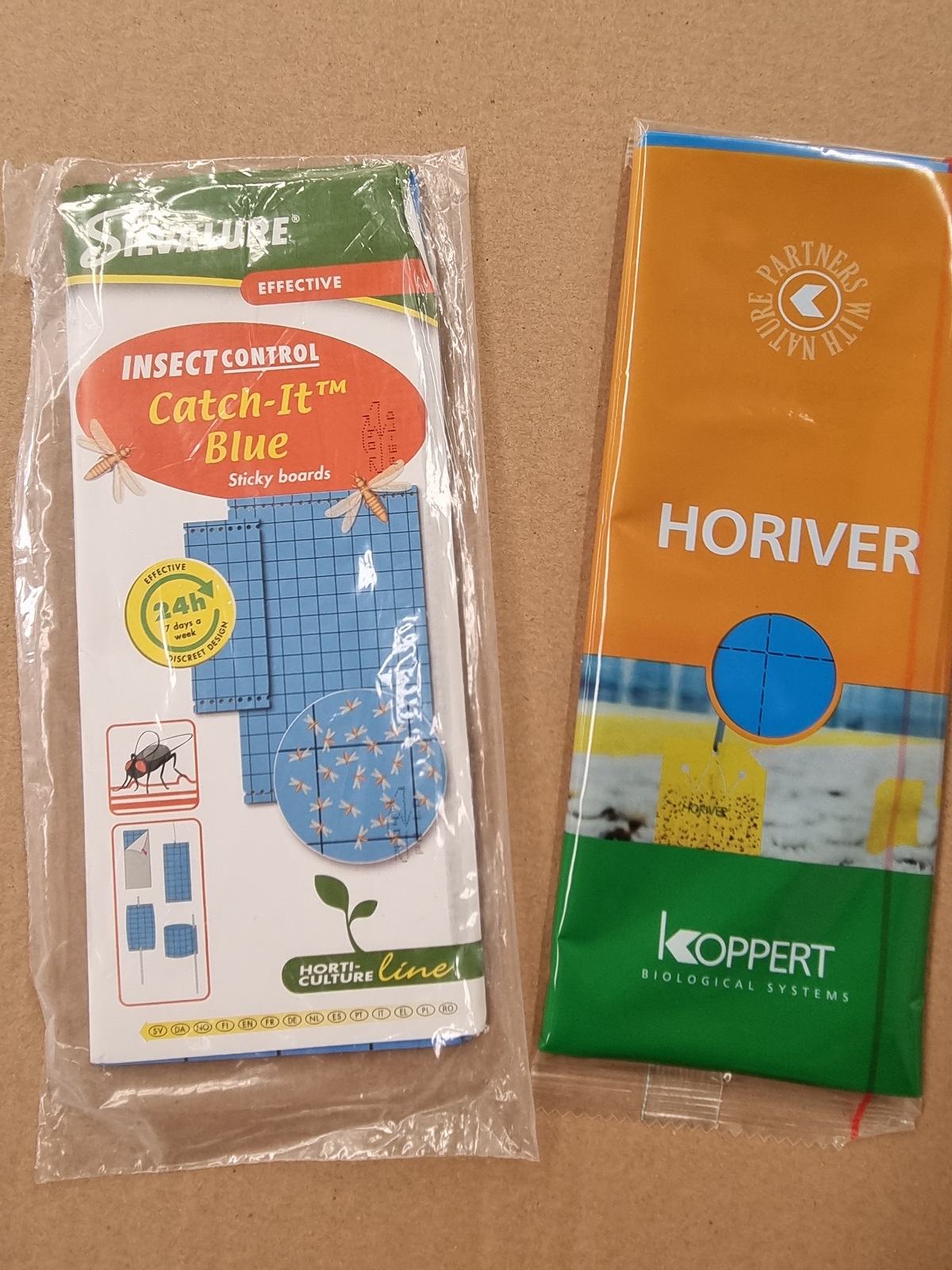
“Thrips prefer blue above yellow and therefor blue sticky traps are developed for thrip monitoring”.
At NZ Gourmet, Thripex is used at all sites for many years and has always been a very reliable way of controlling thrips. With the lack of products for thrip control available, Thripex is becoming more important than ever but has to be used in the correct way to build up a population and keep it healthy for as long as possible.
Zonda Beneficials
79 Taurangaruru Rd, RD3 Waiuku, Auckland
Tel: +64 9 235 5660
Email: zondasales@nzg.co.nz
Website: www.zonda.net.nz



Images taken by by Garima Kakkar from University of Florida.
CLASSIFIED
Photo
Gallery
Subscribe to our E-Zine
More
From This Category

Bayer says Sivanto Prime has a new way of working that targets sucking pests such as aphids, nysius fly and springtails
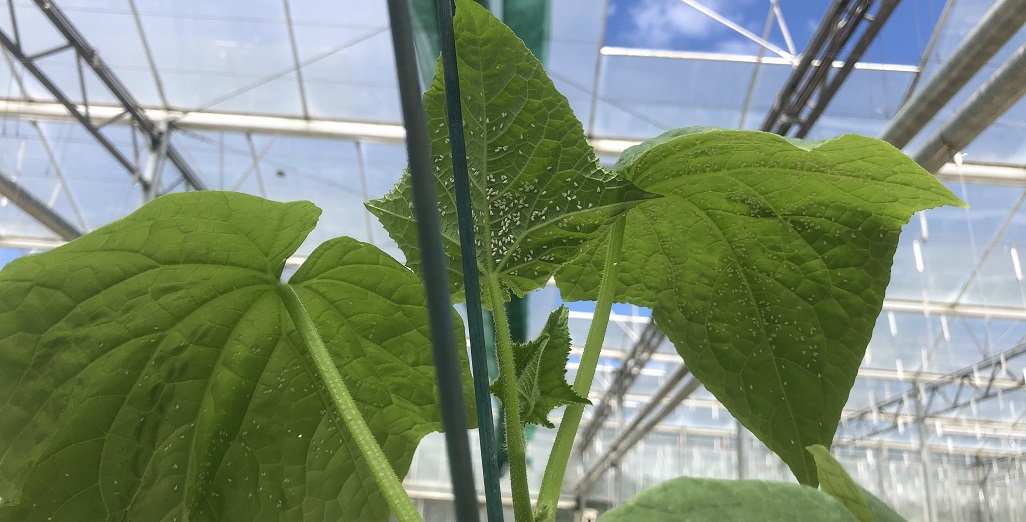
Starting on the back foot
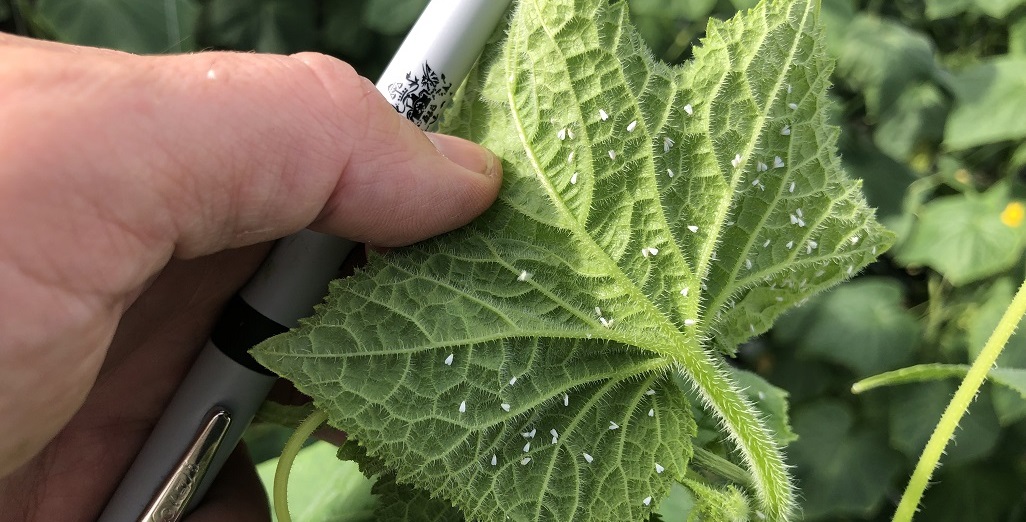
(Best of 2023) RNA-based disease control in protected cropping environments. Anne Sawyer presents at the PCA Conference (Best new development PCA 2023)

(Best of 2023) Aphid infestation on cucumber crops

LimoMax, a new predator for insect control in greenhouses and outdoor crops.











